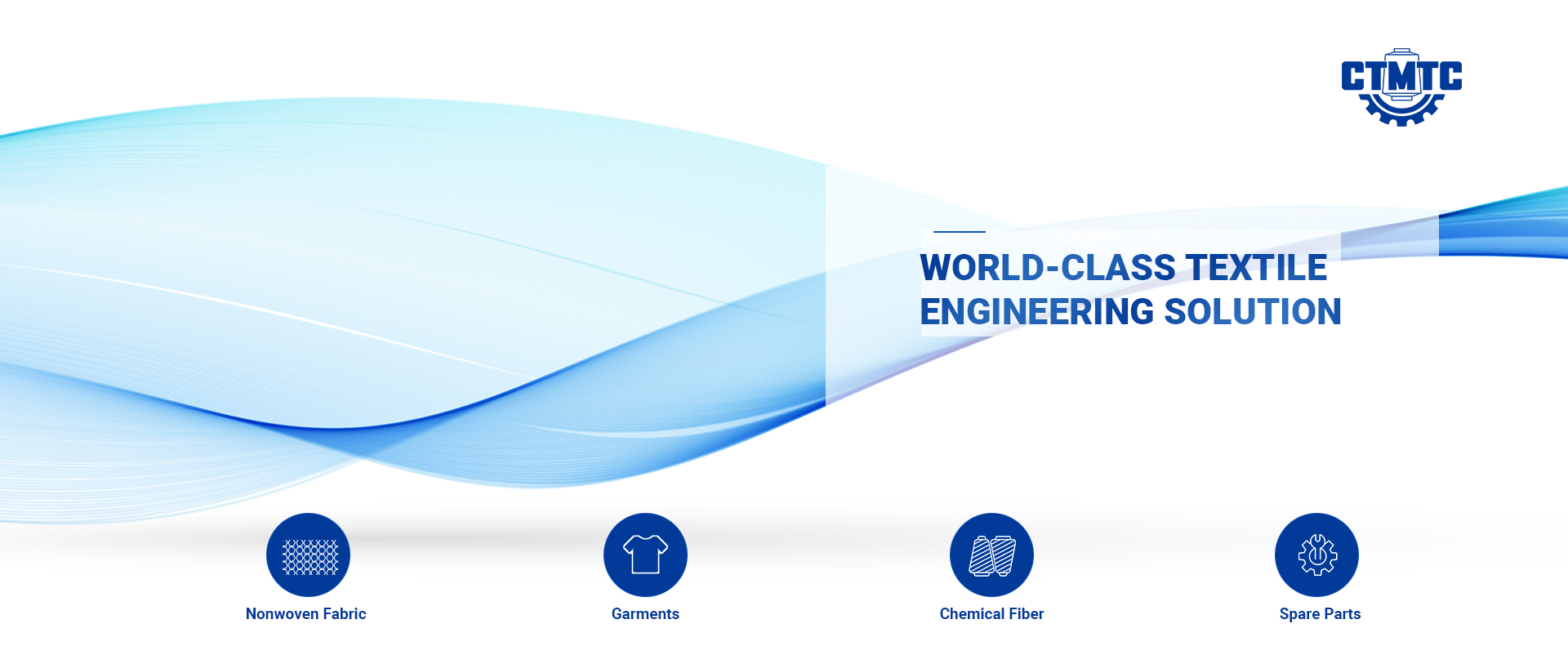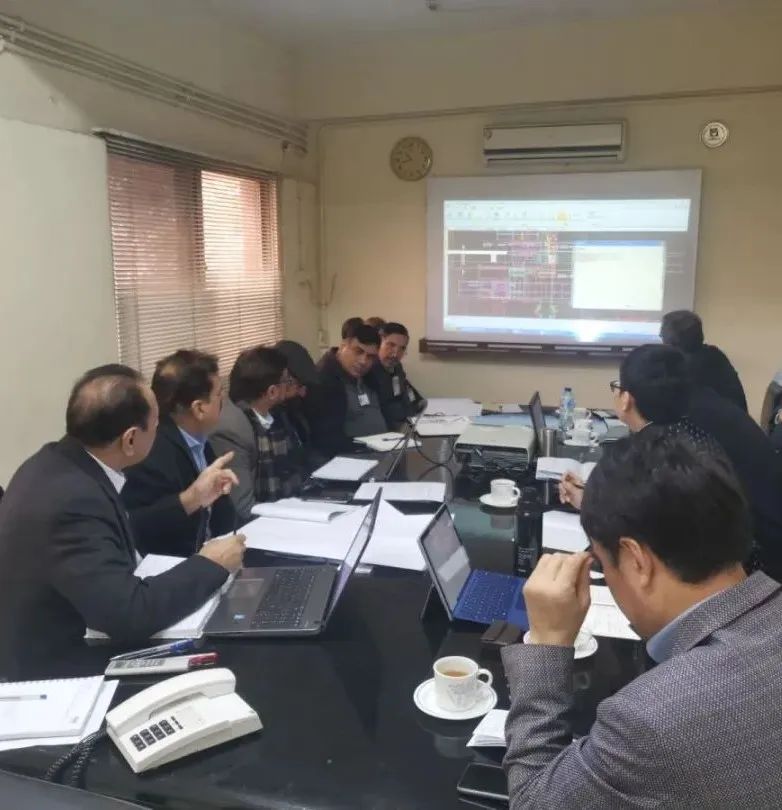Due to strong development in industry and stable exchange flow Pakistan GDP with 3.9% increase in 2021. And as the first trading country, China and Pakistan always keep good relationship. China is the largest trading partner to Pakistan, import a lot of goods, in which three types account the most important part, which is yarn, corn and mine, accounting 60%,10% and 6%.
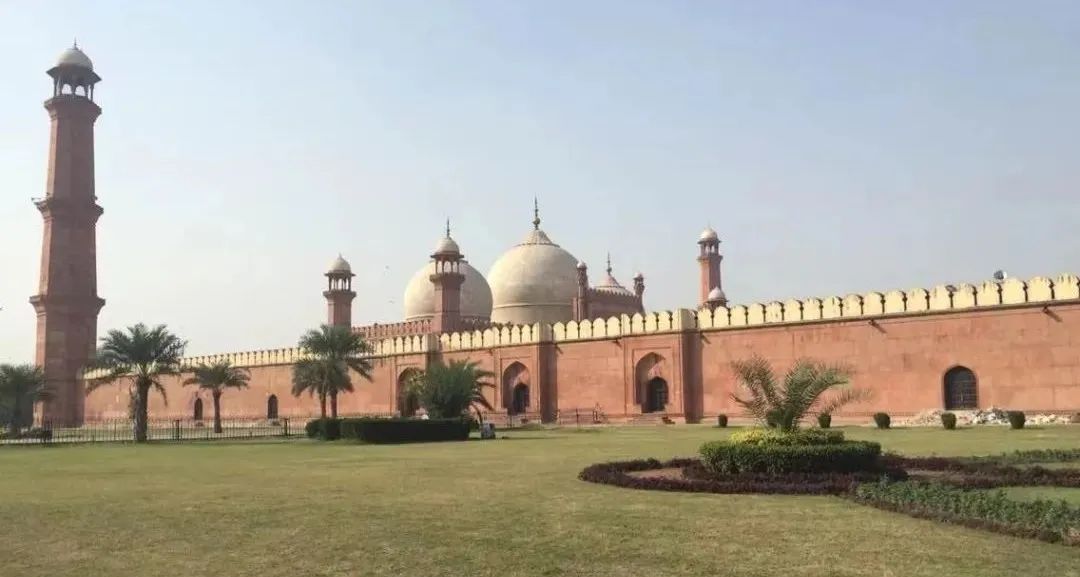
Textile Industry Condition
Pakistan is the eighth textile exporter in Asia, forth producer on cotton, yarn and cotton fabric, third consumer on cotton. Textile industry account for 8.5% GDP, 46% manufacturing. And there are 1.5 million employee in textile field account for 40% labor. The credit scale accounts for 40% of the total credit scale of the manufacturing industry, and the industrial added value accounts for 8% of its GDP.
Pakistan exported textile 19.3 billion, with 25.32% year to year growth in 2022, accounting for 60.77% of all export trading. The export of yarn was 332 thousand ton, with 14.38% year to year decrease; the export of fabric is 42.9 million square meters, with 60.9% year to year decrease.
Low value-added products such as cotton yarn, cotton cloth, towels, bedding and knitted clothing account for nearly 80% of Pakistan’s textile exports. More than 60% of textile exports to the European Union and the United States, the market is relatively concentrated, especially clothing (garments and knitting fabric), Over 90% are exported to Europe and the United States. And cotton yarn, cotton and other primary products are mainly exported to China, India, Bangladesh, South Korea, Japan and other countries. At the same time, Pakistan is also importing textiles, mainly raw materials such as raw cotton, chemical fiber and jute, and used garments.
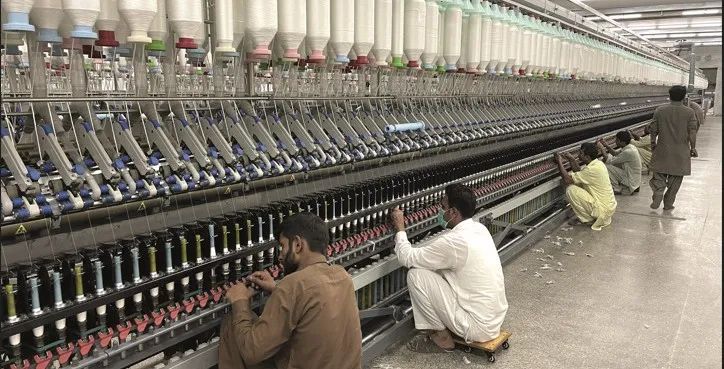
As a traditional textile country, the advantages of Pakistan are the natural conditions of cotton production and cheap labor, but at present, its cotton output and quality are declining year by year, and the overall skill level of the labor force is low, which also restricts the development of Pakistan’s textile industry. In addition, Pakistan’s competitive advantages are diminishing, including political instability, power shortages, high electricity prices, a depreciating currency, a large foreign exchange gap and high financing costs. The Pakistani government is developing a new textile policy to enhance the international competitiveness of the country’s textiles. The investment and expansion plan for Pakistan’s textile industry in 2022 amounts to about US $3.5 billion, with about 50% already implemented at the beginning of the year.

Textile Equipment condition
Pakistan has the production capacity of the whole industrial chain, with 1,221 cotton gin mills, 442 spinning mills, 124 large textile and garment factories and 425 small textile and garment factories. The scale of ring spinning is about 13 million spindles and 200,000 heads of air spinning. 302/5000
The annual output of cotton is about 13 million bales (480 lb/bales), the annual output of artificial fiber is about 600,000 tons, and the annual output of terephthalic acid, the raw material for polyester production, is 500,000 tons. More than 60% of the production capacity of Pakistan’s textile industry is concentrated in Punjab, a cotton-producing province, 30% in Sindh, and the remaining provinces and regions account for only about 10%.
Pakistan’s textile industry is generally at the low end of the international industrial chain, and remains in the links with relatively low added value, such as primary products, preliminary manufactured products, and mid-to-low grade textile consumer goods.
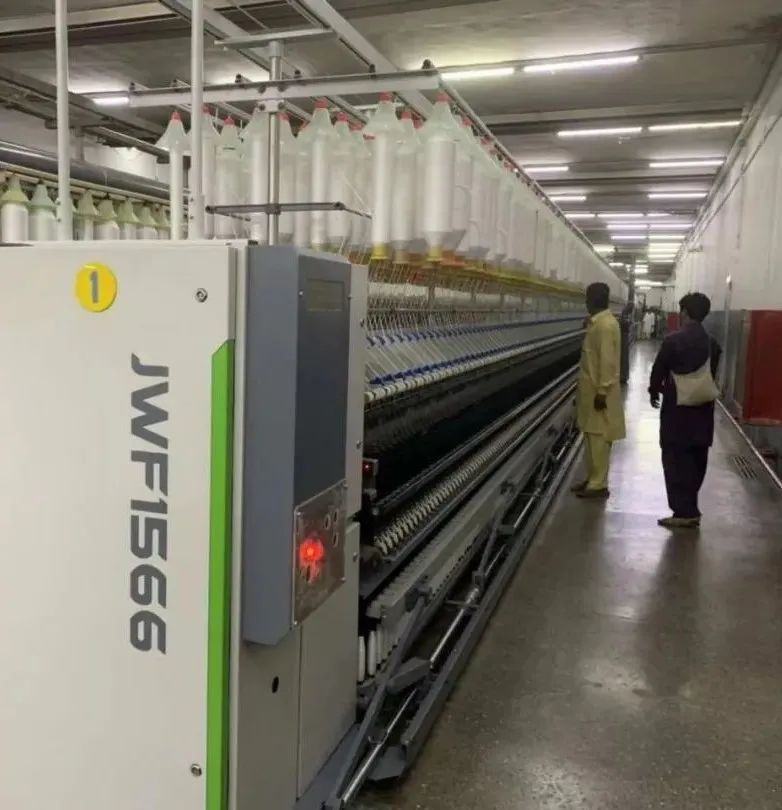
Currently, spinning machines from Japan, Europe and China account for the majority of the equipment in use in the country. The selling point of Japanese equipment is simple operation, durable, very suitable for the use of the country’s textile enterprises. European equipment is a bit of a “fit for purpose”, and its technologically advanced selling points in Pakistan cannot support it against Japanese equipment. The main advantages of Chinese equipment are high cost performance and short delivery time, while the disadvantages are poor durability, more minor problems and frequent maintenance.
Post time: Nov-14-2022

